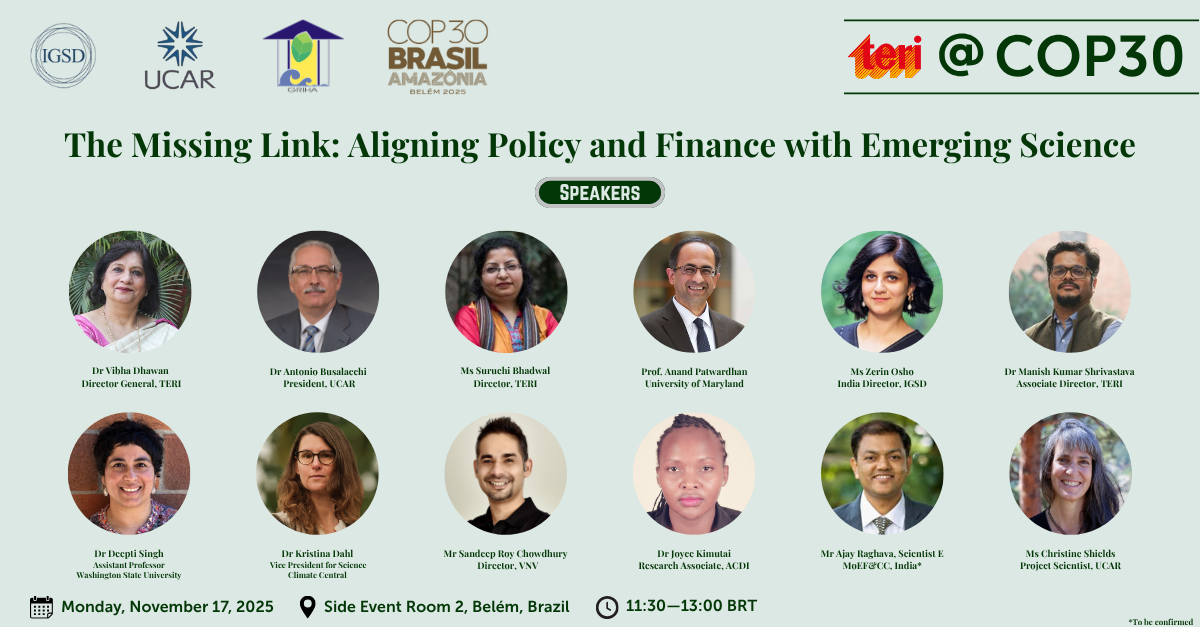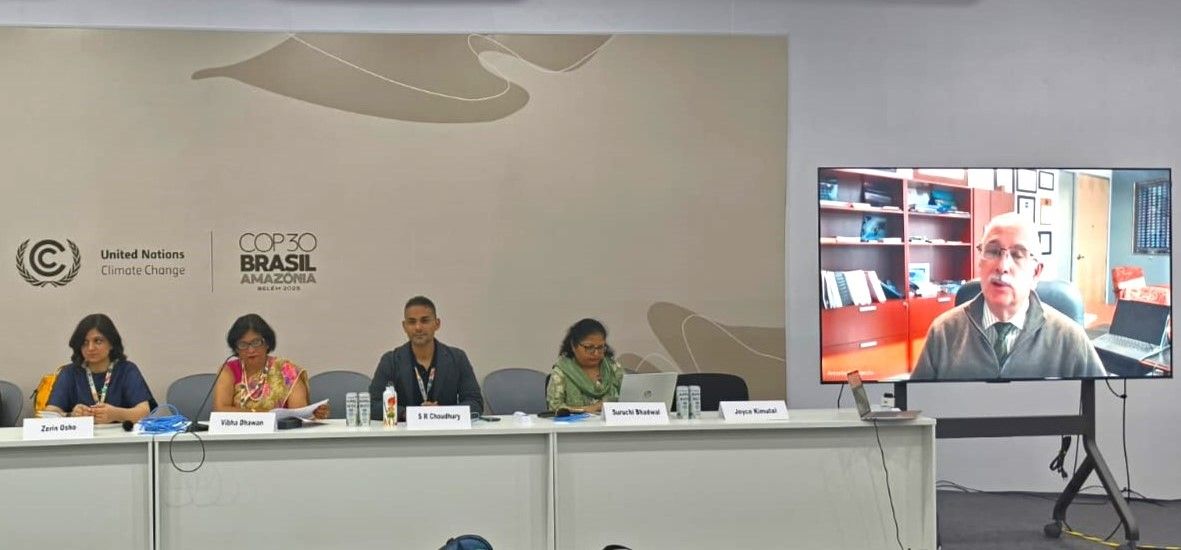The Missing Link: Aligning Policy and Finance with Emerging Science

The decade of 2015-2024 has been confirmed by the World Meteorological Organization as the warmest on record, with 2024 being the first calendar year to record a global mean temperature above 1.5°C above the 1850-1900 average. While, in technical terms, it does not mean that the Paris goal of a long-term temperature target of 1.5 degrees C is unachievable, in strategic and policy terms, it certainly means that the world is officially in the climate crisis, with a real risk of crossing ecological tipping points and disrupting planetary boundaries. It is critical not only to ramp up mitigation efforts immediately but also to take adaptation planning more seriously. There is a need to reassess mitigation and adaptation planning from a fresh perspective, given the urgency of simultaneous action on climate change.
The agenda of mitigation so far has pivoted around reducing CO2 emissions through energy transition. Reducing emissions of other greenhouse gases (GHGs) has been on the margins of the policy landscape or, at best, a by-product of the energy transition. The non-CO2 GHG emission reduction can meaningfully contribute to delaying the breach of the long-term temperature goal, as the scientific community has sufficiently emphasized. It is time for policymakers to integrate options for reducing non-CO2 GHG emissions into their basket of climate measures. Climate negotiations have long engaged with this subject with unease. It does not necessarily mean, however, that climate policy design should also carry forward that unease. What is essential is to understand the science behind the strategies for non-CO2 GHG emission reduction and prioritize the most suitable strategy at the local and national levels.
The issue of adaptation is even more complicated. As temperatures rise, non-linearity in climate change impacts increases, making adaptation choices extremely dynamic and challenging. It enhances the risk of maladaptation. The wide-ranging, uncertain implications for sectors like water, health, and agriculture make it highly critical for developing countries to constantly monitor how climate resilience in these sectors and dependent populations is evolving and to innovate adaptation strategies, perhaps at an unrealistic frequency. Engagement with science, along with enhancing scientific research capacity, is critical for successful adaptation. What will be needed is a degree of flexibility in adaptation choices to be resilient to an ever-changing risk profile driven by climate change.
Both mitigation and adaptation concerns are closely linked to financing, not only in terms of the financial targets agreed at negotiations but also in mobilizing and accessing finance to implement solutions at the local level. This event brings together scientists researching climate change dynamics, policy researchers innovating policy pathways for mitigation and adaptation, practitioners engaged in solution implementation on the ground, and policymakers to reflect on the future strategies for identifying and financing climate action that are scientifically robust, balanced on mitigation and adaptation, and flexible for evolving circumstances. The combined presentation of scientific insights, policy ideas, and empirical evidence, along with informed deliberations, will lay the groundwork for meaningful action.
TERI Speakers: Dr. Vibha Dhawan, Ms. Suruchi Bhadwal, Dr. Manish Kumar Shrivastava



